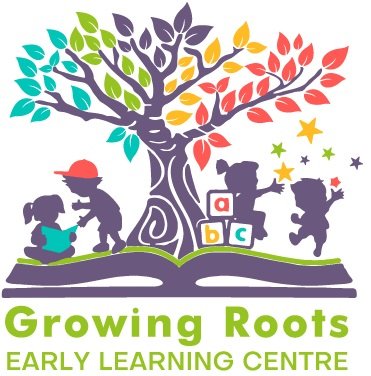Choosing the right child care center is one of the most important decisions parents make. The right environment can provide your child with a safe, nurturing, and stimulating place to grow and learn. But with so many options available, how do you determine which child care center is the best fit for your family? Here’s a guide to help you navigate this crucial decision.
Identify Your Needs and Priorities
Consider Your Child’s Needs
Age and Development Stage: Ensure the center caters to your child’s age group and developmental stage.
Special Needs: If your child has special needs, look for centers with the appropriate resources and trained staff.
Determine Your Priorities
Location: Proximity to your home or workplace can be crucial for convenience.
Hours of Operation: Check if the center’s hours align with your schedule.
Budget: Establish what you can afford and if the center offers financial assistance or sliding scale fees.
Research and Gather Information
Ask for Recommendations
- Friends and Family: Personal recommendations can provide valuable insights.
- Online Reviews: Websites and forums can offer reviews from other parents.
Check Accreditation and Licensing
- State Licensing: Ensure the center meets state regulations and standards.
- Accreditation: Look for accreditations from reputable organizations such as the National Association for the Education of Young Children (NAEYC).
- State Licensing: Ensure the center meets state regulations and standards.
- Accreditation: Look for accreditations from reputable organizations such as the National Association for the Education of Young Children (NAEYC).
Visit and Evaluate the Centers
Schedule Tours
- In-Person Visits: Visit multiple centers to compare environments and programs.
- Virtual Tours: If in-person visits aren’t possible, many centers offer virtual tours.
Observe the Environment
- Cleanliness and Safety: Ensure the facility is clean, safe, and child-friendly.
- Classroom Setup: Look for well-organized, stimulating classrooms with age-appropriate materials.
- Outdoor Space: Check for safe and secure outdoor play areas.
Interact with Staff
- Qualifications and Experience: Inquire about the qualifications and experience of the staff.
- Teacher-to-Child Ratio: Ensure there are enough teachers to provide individual attention.
- Staff Turnover: High turnover rates can indicate underlying issues.
- Cleanliness and Safety: Ensure the facility is clean, safe, and child-friendly.
- Classroom Setup: Look for well-organized, stimulating classrooms with age-appropriate materials.
- Outdoor Space: Check for safe and secure outdoor play areas.




Really cool post! Thanks!